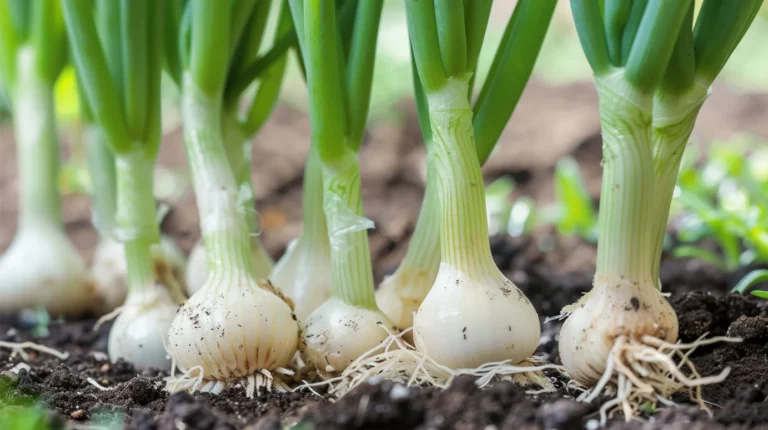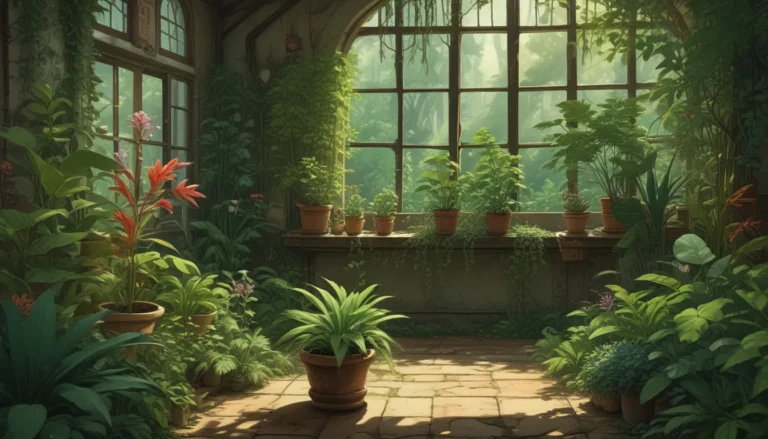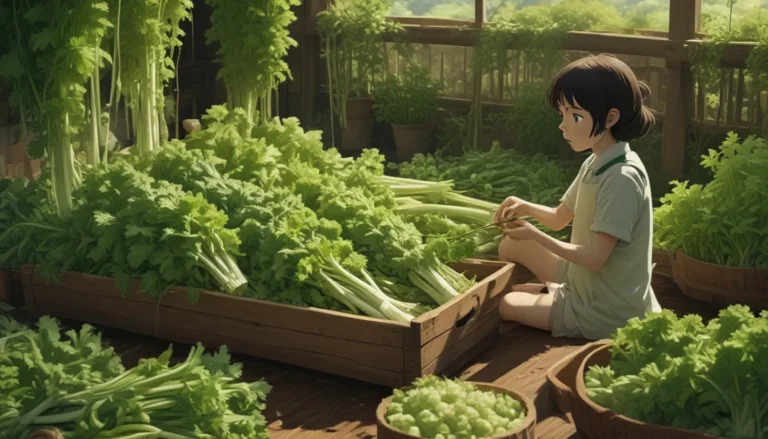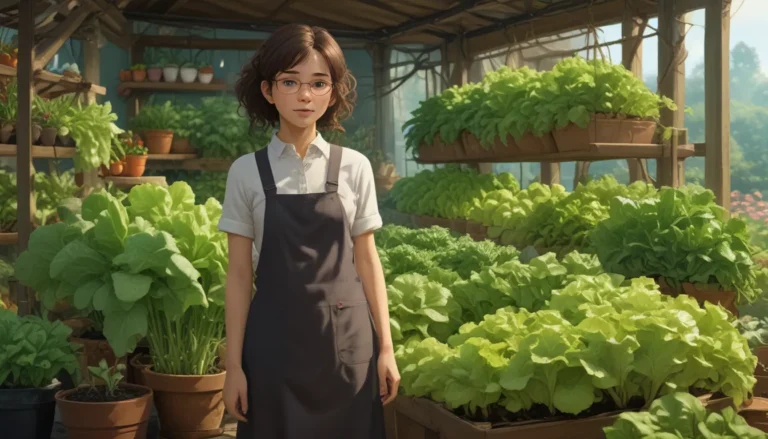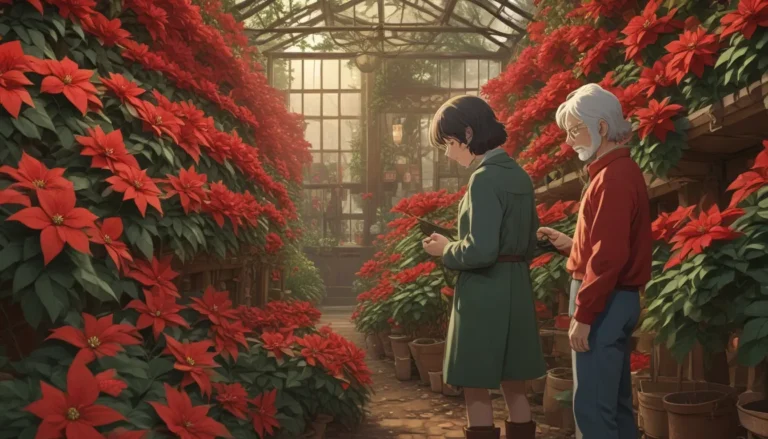The Ultimate Guide to Forsythia Varieties for Stunning Spring Color

Are you ready to welcome spring with vibrant pops of yellow in your garden? Look no further than the stunning forsythia shrub! Known for its bold yellow blossoms that signal the end of winter and the start of a new season, forsythia is a must-have in any landscape.
With 11 species in the Forsythia genus and numerous cultivated varieties to choose from, there’s a perfect forsythia for every garden. Whether you’re looking for a dwarf variety for containers or a towering hedge for privacy, we’ve got you covered.
In this comprehensive guide, we’ll walk you through everything you need to know about growing forsythia successfully. From ideal growing conditions to our top picks for the best forsythia varieties, we’ve got all the information you need to create a show-stopping display in your garden.
Let’s get started:
Growing Forsythia: A Beginner’s Guide
Before we dive into our favorite forsythia varieties, let’s talk about what it takes to grow these stunning shrubs successfully. Forsythia is a hardy, long-lived plant that thrives in full sun and well-draining soil with a pH of 6.5 to 7.5. Suitable for USDA Hardiness Zones 5 to 8, forsythia is a low-maintenance plant that rewards you with a profusion of yellow blooms every spring.
If you’re new to growing forsythia, here are a few tips to help you get started:
- Plant in a full sun location with well-draining soil.
- Water regularly, especially during hot, dry periods.
- Prune after flowering to maintain shape and encourage new growth.
- Fertilize in early spring with a balanced fertilizer to promote healthy blooms.
Now that you’re familiar with the basics of growing forsythia, let’s explore some of the best varieties to add to your garden:
Our Top Picks: 11 Stunning Forsythia Varieties for Every Garden
-
Bronxensis: A dwarf variety with a compact growth habit, perfect for containers or low hedges. Late-spring bloomer with bright yellow flowers and bronze foliage in the fall.
-
Citrus Swizzle: A variegated dwarf forsythia with unique foliage shades of chartreuse and lime green. Ideal for smaller containers or border edging.
-
Fiesta: A compact hybrid cultivar with variegated foliage in shades of light green and yellow. Early bloomer with gold-colored blooms in late winter.
-
Gold Tide® Courtasol: A small-stature hybrid with lemon-yellow springtime color and gold or purple fall foliage. Ideal for sunny woodland settings and walkways.
-
Intermedia: Tall hybrid with delicately arching branches and vivid flowers in early spring. Excellent for informal hedges or privacy screens.
-
Kumson: Striking leaves with cream-colored veins and bronze stems. Perfect for privacy hedges or mixed shrub groupings.
-
Lynwood Gold: Upright, branching growth habit with masses of bold blossoms. Great for privacy hedges or stand-alone specimens.
-
Magical® Gold: Early-blooming variety with golden color on upright branches. Suitable for low hedges or mixed shrub groupings.
-
Meadowlark: Cold-hardy hybrid with bright yellow blooms and purple fall foliage. Perfect for privacy hedges or windbreaks.
-
Show Off® Mindor: Dense, upright branches with deep green leaves that turn burgundy in autumn. Ideal for close planting for hedging.
-
Sunrise: Upright branches with a mounding growth habit and deep purple foliage in autumn. Hardy to Zone 4, perfect for mixed shrub placements.
Why We Love Forsythia: A Gardener’s Perspective
As a gardener, there’s a lot to love about forsythia. From its vibrant yellow blooms that signal the start of spring to its user-friendly nature, forsythia is a welcome addition to any garden. Here are a few reasons why we can’t get enough of this stunning shrub:
- Easy Propagation: Simply snip a stem and push it into the soil, and chances are, roots will sprout. Forsythia’s tolerance for poor soil and pollution makes it a versatile choice for a variety of garden settings.
- Seasonal Interest: Forsythia’s profusion of flowers in springtime, along with its stunning fall foliage, offers year-round beauty in the garden.
- Wildlife Habitat: Fast-growing and sturdy, forsythia provides an early nectar source for native bees and habitat for small wildlife like birds.
Whether you’re looking for a petite specimen for a patio pot or a towering hedge for privacy, forsythia has something for every garden style. Pick your favorites and get ready to enjoy a season of vibrant yellow blooms in your garden!
Don’t forget to share your favorite forsythia varieties in the comments below. We’d love to hear about your gardening adventures!
